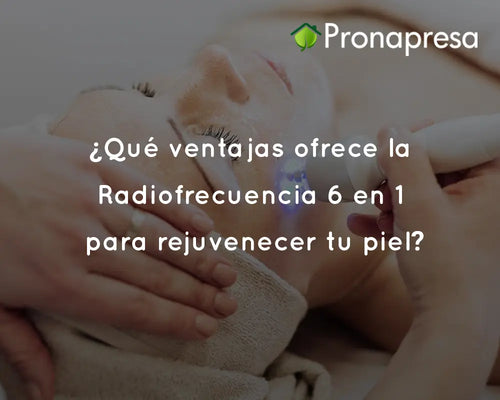
What is the Iriscope?
The Anatomy of the Iris
The iris is the colored part of the eye, and its unique patterns are as individual as a fingerprint. It is composed of muscles and tissues that respond to light, regulating the amount of light entering the eye. However, iridology goes beyond its conventional visual function.
History of Iridology
Iridology has ancient roots dating back to civilizations such as China and Egypt. However, the modern version of this practice developed in the early 20th century, thanks to the work of Hungarian physician Ignatz von Peczely. His casual observation of an injured owl and the changes in the bird's iris led him to formulate the idea that the iris was linked to health.
Over the years, iridology has evolved and been embraced by some alternative medicine practitioners as a complementary diagnostic tool.
How the Iriscope Works
The central tool in the art of iridology is the iriscope. This device is typically a magnifying glass with a built-in light that allows practitioners to closely examine the details of the iris. Some iriscopes are also equipped with cameras to document and analyze iris images.
The iriscope illuminates the iris, revealing patterns, colors, and structures that are interpreted by the iridologist. Different areas of the iris correspond to different parts of the body, and changes in these areas can indicate potential health problems.
Interpreting the Iris: What to Look For
Colors of the Iris
One of the most intriguing aspects of the iris is its color. Iridologists carefully observe any changes in the iris's hue, which can range from shades of blue and gray to brown and green. Each color is associated with different aspects of health.
-
Blue or Gray Iris: May indicate problems related to the lymphatic system and possibly a predisposition to congestion and inflammation.
-
Brown or Green Iris: Believed to be related to blood quality and liver function. A darker shade of brown could suggest increased toxicity.
Brands and Patterns
The iris features a variety of markings and patterns, such as lines, spots, and dots. Each of these elements is associated with different areas and functions of the body. For example:
-
Radial Lines: May indicate weakness or imbalance in the nervous system.
-
White Spots: These could indicate the presence of toxins or a weakness in the immune system.
-
Dark Spots: Often related to the accumulation of toxins in the colon.
Zones of the Iris
The iris is divided into zones, each corresponding to a specific area of the body. For example:
-
Gastrointestinal Zone: Located in the area near the outer edge of the iris, it can reveal information about the stomach, intestines, and digestive system.
-
Cardiovascular Zone: In the center of the iris, it can provide clues about the health of the heart and circulatory system.
-
Nervous Zone: Near the inner edge of the iris, this area can reveal information about the nervous system and emotional balance.
[product=iriscope-5mp-hd-zoom-30x-software-espanol]
Examine the iris and assess for any pathological problems
[/product]
What Can the Iriscope Reveal?
Iridology does not diagnose specific diseases, but it can provide indicators of overall health and point out areas that may need attention. Some alternative medicine practitioners use iridology as a tool for preventative health management.
Early Detection of Health Problems
One of the greatest benefits of iris scanning is its ability to detect health problems at an early stage. Changes in the iris can be indicative of imbalances before clinical symptoms appear. This allows potential problems to be addressed before they become chronic or more difficult to treat.
Personalization of Treatments
Iridology is also used to personalize treatment approaches. By identifying specific areas that may need support, healthcare professionals can design wellness strategies tailored to each person's individual needs. This may include dietary changes, specific supplements, and lifestyle approaches.
Health Progress Tracking
For those seeking to improve their health, the iris test can be a valuable monitoring tool. Regular iris examinations allow individuals and their healthcare professionals to assess how they are responding to lifestyle changes and treatment.
The iriscope and iridology
Iriscope and iridology offer a fascinating look at the connection between the eyes and health.
While the iriscope cannot reveal all pathologies of the human body, its ability to point out potential imbalances and areas for early attention makes it a unique tool for identifying potential diseases.























































